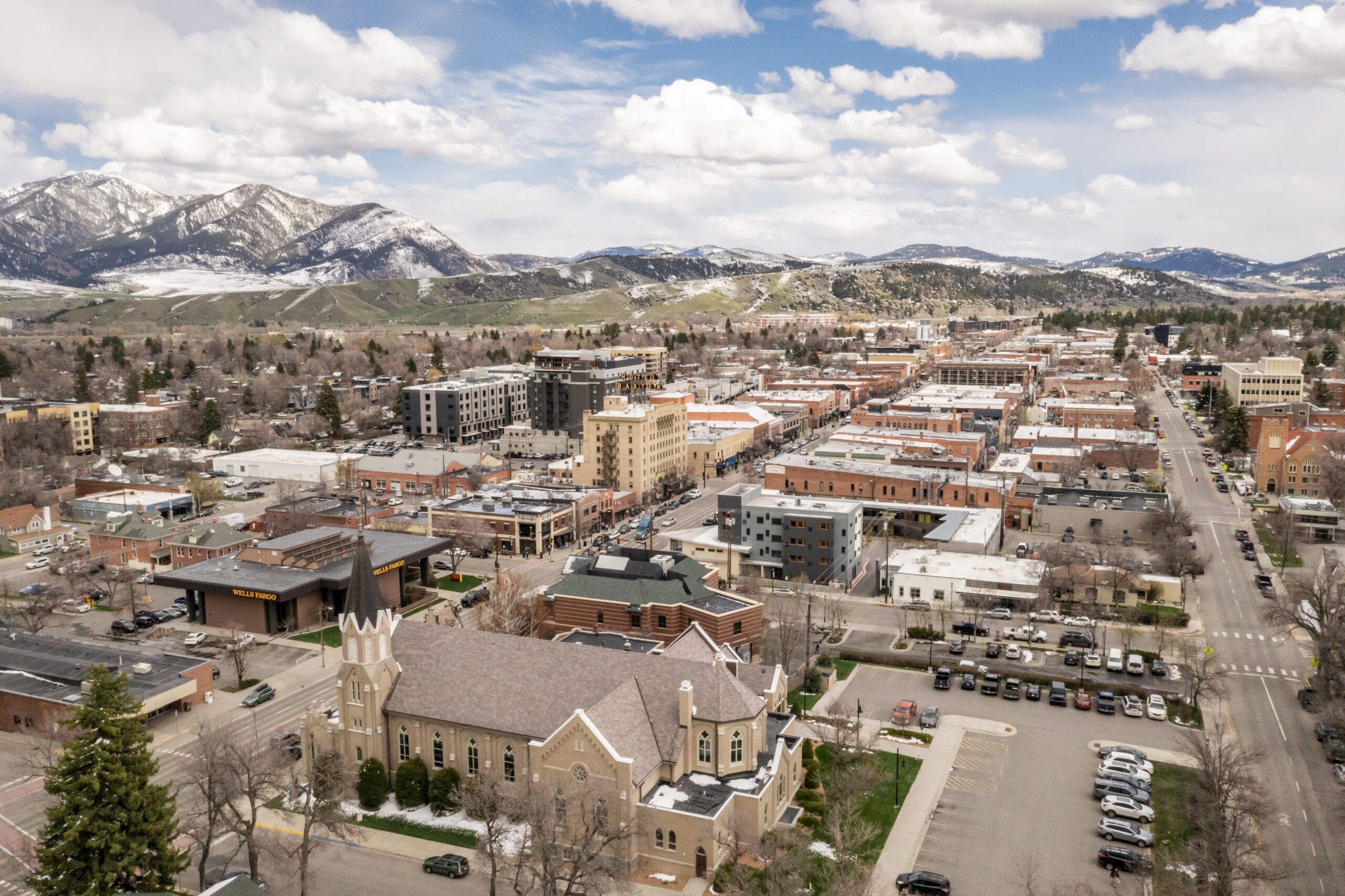Data presented previews a larger-scale BSRAD report on economic impact
By Jen Clancey DIGITAL PRODUCER
On the night of March 7, members of the public gathered to learn about Big Sky’s economy in The Business of Big Sky event hosted by the Big Sky Chamber of Commerce at the Warren Miller Performing Arts Center. Brad Niva, CEO of the chamber, gave opening remarks and then passed the microphone to Jackie Haines, a recent addition to the Big Sky Resort Area District team.
Haines, director of economic and strategic development, gave a presentation titled “Using Data to Understand your Workforce.” She clarified that her objective was not to provide business recommendations or solutions, but instead educate Big Sky businesses about their workforce.
“What the data says is that the Big Sky workforce is a really young workforce,” Haines told EBS over the phone following the event. According to the U.S. Census Bureau, the median age of Big Sky’s population is a little over 37 years old. “In that age and stage of life, individuals are thinking about families, they’re having families,” Haines said.
Two takeaways for employers looking to better support their workforce are offering stable schedules, and offering dependent savings accounts, according to data.
This data comes from working with the state to accurately depict Big Sky boundaries and results were fascinating for Haines.
GIS boundary allows BSRAD to see Big Sky-specific data for ‘first time’
BSRAD worked with the Montana Census and Economic Information Center to create a GIS area adhering to the resort area district’s boundaries. “That was what I was really excited about when I’m standing on stage,” Haines said.
“The population estimates they gave us are very, very specific and very tailored to Big Sky … That was nice, because trying to capture growth for Big Sky has been challenging up until we got that data.”
The data estimates that the Big Sky population has grown 54% from 2010 to 2020. “That becomes really important, especially when we’re talking about the need for housing and the need for expanded infrastructure in Big Sky,” Haines said.
She explained that community leaders need to be mindful of the amount of growth, thoughtful about investing in infrastructure and express support for larger, more expansive systems in the community.
A closer look at where Big Sky’s workforce lives
While the Census Bureau is helpful in estimating the number of commuters in the workforce, it’s unable to identify what areas those employees lived in the state. BSRAD reached out to several large businesses that provided, with respect to privacy, what zip codes their employees resided in. Haines noted that no names, addresses or personal information were revealed.
From that collection, Haines determined Bozeman’s zip codes landed just underneath Big Sky with the highest number of Big Sky employees. Gallatin Gateway and Belgrade came after, respectively. The Census Bureau estimates that 73.9% of those employed in Big Sky commute in, 26.1% live and work in Big Sky and 21.1% live in Big Sky and commute elsewhere.
Haines also was excited to share new data about Big Sky’s seasonal workforce. The report estimated that 4,322 people are employed seasonally, though it does not note which season.
Some limitations exist in the data: the Yellowstone Club is excluded due to geographical boundaries and self-reporting error is always a factor in data collection.
How far Big Sky’s dollar goes
BSRAD is working on an economic impact analysis that will depict how Big Sky’s economy supports itself and the regions around it. Three factors go into finding these estimates: the direct spending of community members, what further spending occurs because of that initial purchase or investment, and the total gross impact of all those dollars combined.
Haines provides an example: “When you spend $1 in your community, it actually generates more activity behind it—your dollar spent at the grocery store pays the wage of the cashier, the cashier then goes to the the restaurant and buys a pizza, and that dollar then pays the wages of the waitress.”
So, Big Sky made up 14.6% of Madison and Gallatin counties’ economic activity or county gross domestic product, 4% of GDP statewide, and Big Sky’s economy is associated with 26,065 jobs, or 32%, of jobs in the two-county region.
“The economic activity in Big Sky is really important and should be really important to all of us,” Haines said.














